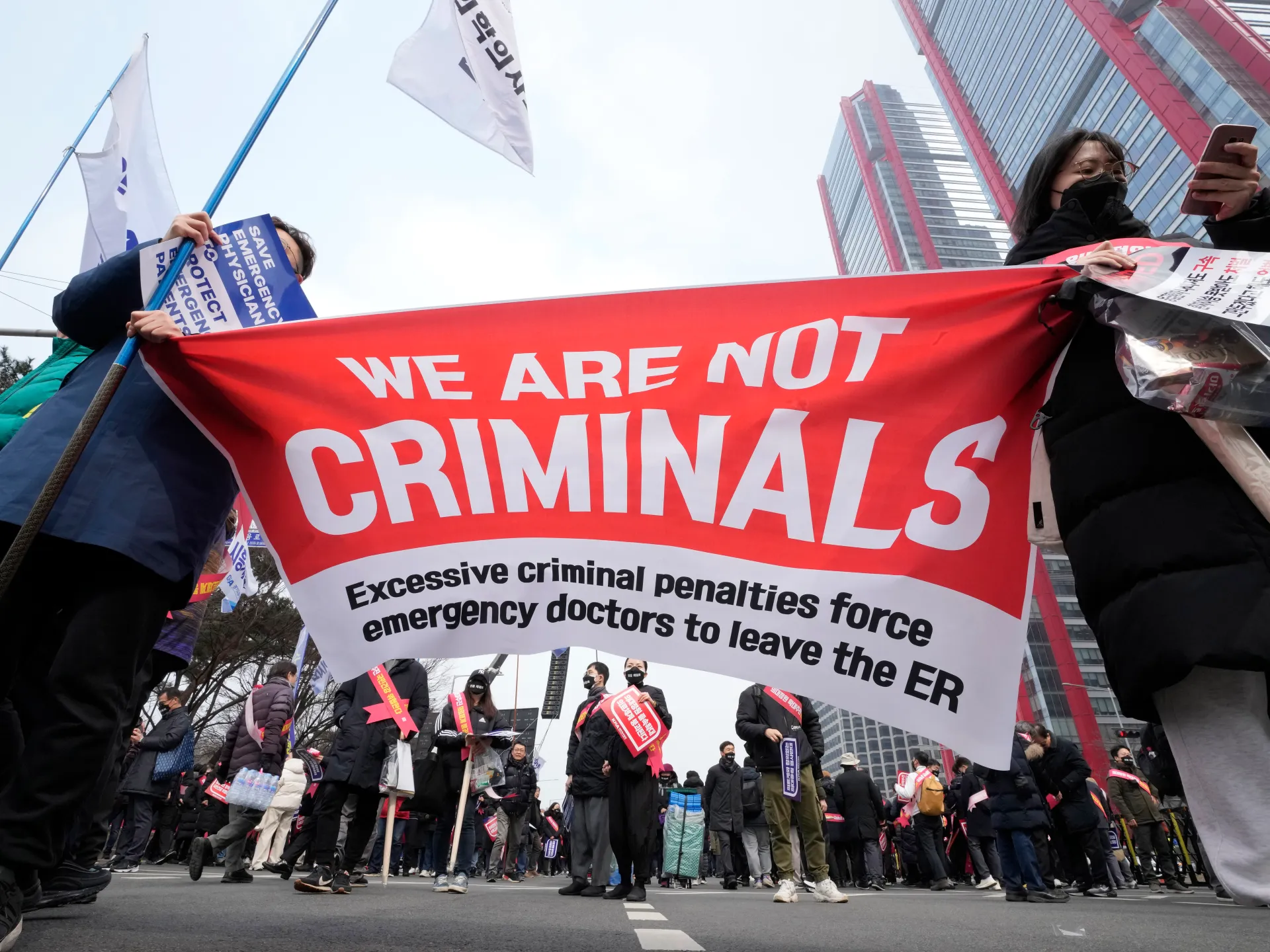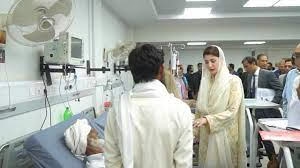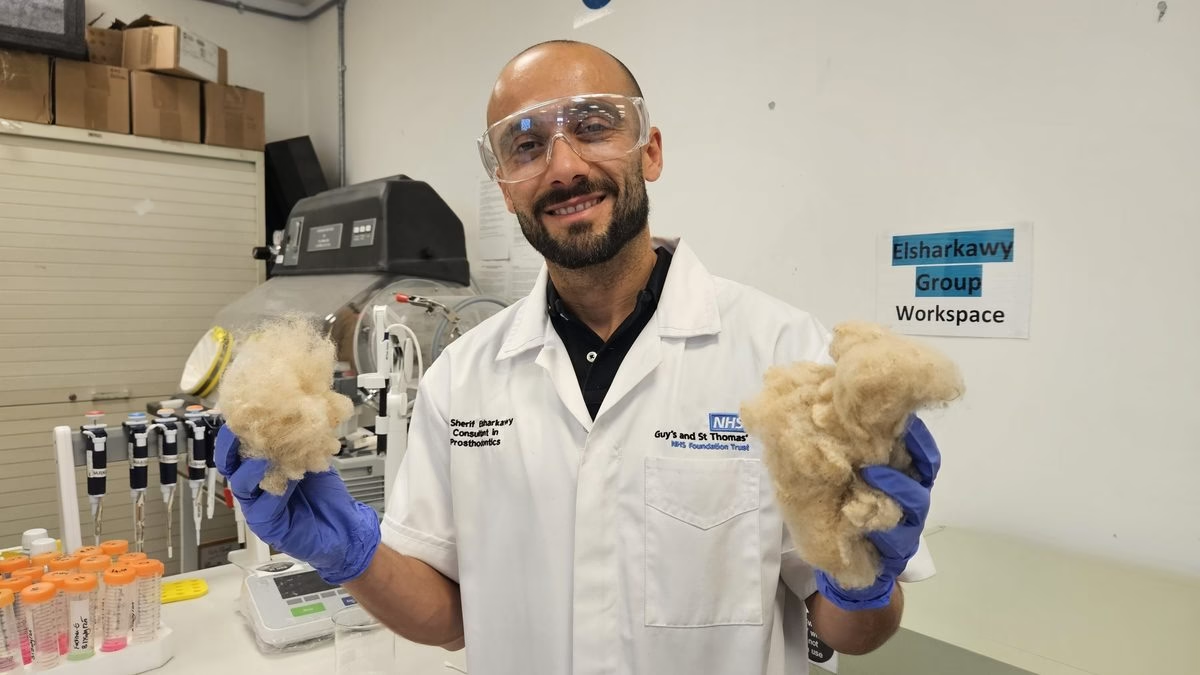As a nationwide strike by trainee doctors in South Korea enters its third month, hospitals in smaller cities are grappling with a severe shortage of physicians. The strike, protesting against plans to address the shortage by increasing medical school admissions, has exacerbated an already pressing issue.
While Seoul boasts top-tier hospitals, smaller cities like Incheon are facing a dire lack of doctors—a trend that experts warn will worsen as the population ages rapidly and birth rates plummet. Cho Seung-yeon, director of the Incheon Medical Center, lamented the closure of essential facilities such as the artificial kidney room due to the inability to find qualified medical staff—a predicament echoed nationwide.
The government’s proposal to bolster medical school admissions faces opposition from trainee doctors and medical groups, citing doubts about its effectiveness in improving poor working conditions. South Korea’s doctor-to-population ratio, at 2.6 doctors per 1,000 people, ranks among the lowest in developed countries, exacerbating the strain on healthcare services.
Yoo Byung-seon, a patient at the Incheon hospital, expressed hope for an increase in the number of doctors to accommodate the growing demands of an aging society. However, the hospital’s cardiology department has had to resort to employing roving doctors from nearby institutions due to staffing shortages—a temporary measure indicative of the crisis at hand.
Despite the government’s efforts to address the physician shortage, the strike persists as medical interns and resident doctors demand better pay and working conditions. While acknowledging the need for policy changes to ensure equitable distribution of doctors across regions, stakeholders emphasize the immediate necessity of increasing the physician workforce.
Choi Hee-sun, president of the Korean Health and Medical Workers’ Union, highlighted the plight of physician assistants, who bear the brunt of the strike’s impact. The failure to engage in meaningful dialogue between the government and striking doctors has led to a stalemate, exacerbating an already precarious situation.
Disparities in medical outcomes between Seoul and smaller cities underscore the urgent need for action. Incheon, with fewer active doctors per capita, experiences a higher rate of avoidable deaths compared to the capital—a concerning trend that underscores the gravity of the physician shortage crisis.
While some patients like 82-year-old Yoon Geum-ja express satisfaction with the current healthcare system, concerns loom over the future accessibility of medical care in the face of ongoing challenges posed by the strike and the persistent shortage of physicians.



